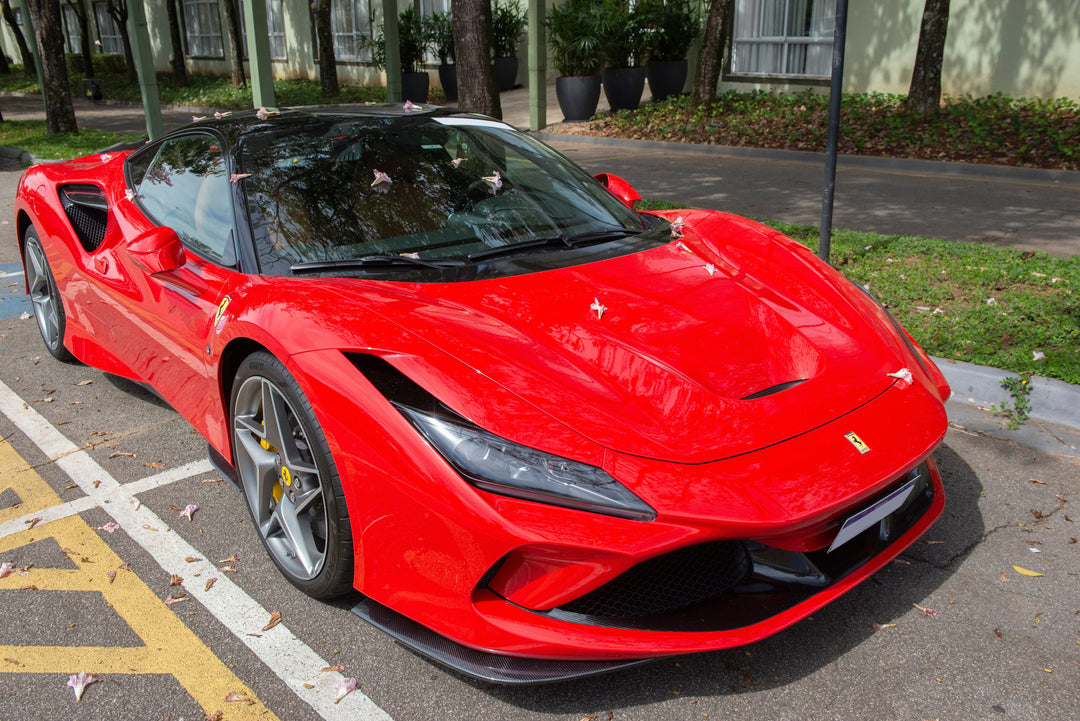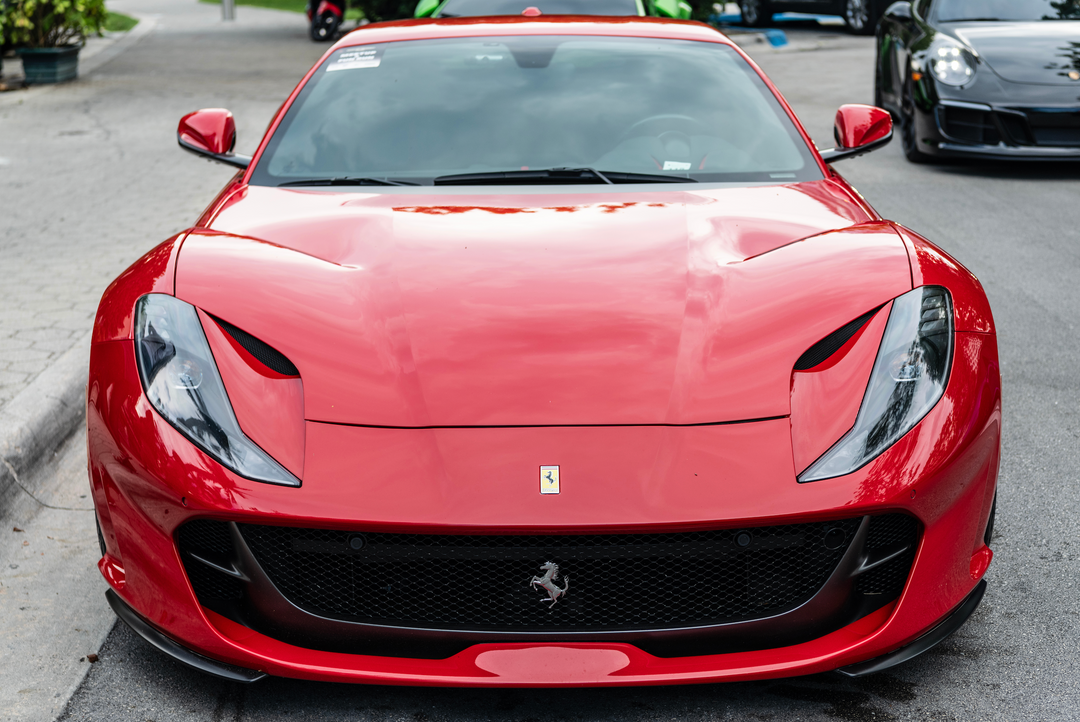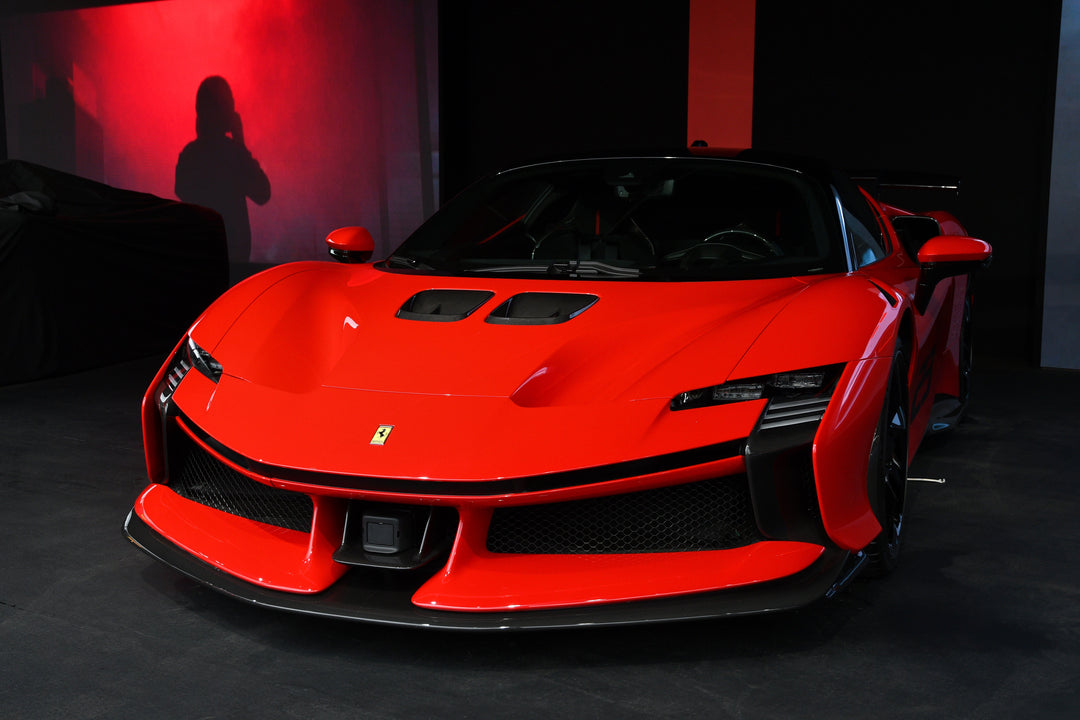Vinyl vs. PPF: Which is Best for Your Car?
When it comes to protecting and enhancing the look of your vehicle, two popular options are vinyl wraps and paint protection film (PPF). Both offer distinct advantages and can be used to achieve different goals, but choosing between them can be challenging. This blog post will delve into the differences between vinyl wraps and PPF, highlighting their benefits, drawbacks, and ideal use cases to help you make an informed decision.
What is Vinyl Wrap?
Vinyl wrap is a thin, flexible film made from polyvinyl chloride (PVC) that is applied to the exterior of a vehicle. It comes in various colors, finishes, and patterns, offering extensive customization options. Vinyl wraps are commonly used for aesthetic purposes but also provide some level of protection to the underlying paint.
Benefits of Vinyl Wrap
-
Aesthetic Customization:
- Endless Options: Vinyl wraps are available in an extensive range of colors, finishes (matte, gloss, satin, metallic), and textures (carbon fiber, brushed metal).
- Unique Designs: Custom graphics and designs can be easily printed on vinyl, allowing for unique and personalized looks.
-
Cost-Effective:
- Affordable: Compared to a full paint job, vinyl wraps are generally more affordable, making them an attractive option for those on a budget.
- Variety of Prices: There are vinyl options for different budgets, from high-end wraps to more economical choices.
-
Easy Removal:
- Reversible: Vinyl wraps can be removed without damaging the original paint, making it easy to change the look of your car or revert to the original finish.
- Temporary or Permanent: Suitable for both temporary promotions and long-term changes.
-
Protection:
- Surface Protection: Vinyl wraps protect against minor scratches, UV rays, and environmental contaminants, helping preserve the paint underneath.
Drawbacks of Vinyl Wrap
-
Durability:
- Lifespan: Typically lasts 3 to 5 years, depending on the quality of the vinyl and exposure to the elements.
- Wear and Tear: More susceptible to scratches and damage compared to PPF.
-
Maintenance:
- Care: Requires regular cleaning and maintenance to keep it looking its best.
- Repair: Damaged sections may need to be replaced, which can be challenging to match perfectly.
What is Paint Protection Film (PPF)?
Paint protection film, also known as clear bra, is a transparent, thermoplastic urethane film applied to a vehicle’s painted surfaces. It is primarily used to protect the paint from damage caused by rocks, debris, and other environmental hazards.
Benefits of PPF
-
Superior Protection:
- Impact Resistance: PPF offers exceptional protection against rocks, road debris, and other impacts, preventing chips and scratches.
- Chemical Resistance: Resistant to chemicals, bird droppings, and other contaminants that can damage paint.
-
Self-Healing Properties:
- Minor Damage Repair: Many PPFs have self-healing properties, where minor scratches and swirls disappear with heat application, maintaining a pristine appearance.
-
Invisible Protection:
- Transparency: PPF is clear and does not alter the appearance of the vehicle’s paint, preserving its original look.
- Gloss Enhancement: Some PPFs enhance the gloss of the paint, giving it a shiny, polished look.
-
Longevity:
- Durability: PPF is incredibly durable and can last up to 10 years or more with proper care.
- Long-Term Investment: Provides long-term protection, making it a worthwhile investment for preserving the vehicle’s value.
Drawbacks of PPF
-
Cost:
- Expensive: PPF is generally more expensive than vinyl wrap, reflecting its superior protective qualities.
- Installation: Professional installation is recommended, adding to the overall cost.
-
Limited Customization:
- Color and Finish: PPF is clear and does not offer the color and finish customization options available with vinyl wraps.
- Aesthetic Impact: Primarily used for protection, not for changing the vehicle’s appearance.
-
Installation Complexity:
- Precision Required: Installing PPF requires precision and expertise. Improper installation can lead to bubbles, lifting edges, and reduced effectiveness.
Vinyl Wrap vs. PPF: Which Should You Choose?
Choosing between vinyl wrap and PPF depends on your priorities and how you use your vehicle. Here are some key considerations:
-
Purpose:
- Customization: If you want to change the appearance of your car with unique colors and designs, vinyl wrap is the better option.
- Protection: If your primary goal is to protect the paint from damage, PPF is the superior choice.
-
Budget:
- Cost-Effective Customization: Vinyl wraps are generally more affordable and offer extensive customization options for a lower price.
- Long-Term Protection Investment: PPF is more expensive but provides long-lasting protection that can save you money on repairs in the long run.
-
Aesthetic Preferences:
- Variety and Change: Vinyl wraps are ideal for those who like to frequently change their vehicle’s appearance or want a unique look.
- Preserving Original Look: PPF is perfect for those who love their vehicle’s original paint and want to keep it looking new while adding a layer of protection.
-
Durability and Maintenance:
- Short-Term Customization: Vinyl wraps are suitable for those looking for a short to medium-term change in appearance, with regular maintenance required.
- Long-Term Protection: PPF is ideal for those seeking long-term protection with minimal maintenance, offering self-healing properties and durability.
Conclusion
Both vinyl wraps and PPF offer unique advantages for enhancing and protecting your vehicle. Vinyl wraps provide extensive customization options and are more budget-friendly, making them ideal for personalizing your car’s appearance. On the other hand, PPF offers superior protection and durability, ensuring your vehicle remains in excellent condition even under harsh conditions.
Ultimately, the choice between vinyl wrap and PPF depends on your specific needs, preferences, and budget. Consider what is most important to you—whether it's aesthetic customization or robust protection—and choose the option that best aligns with your goals. Whichever you decide, both solutions will enhance your vehicle and keep it looking its best.





Leave a comment